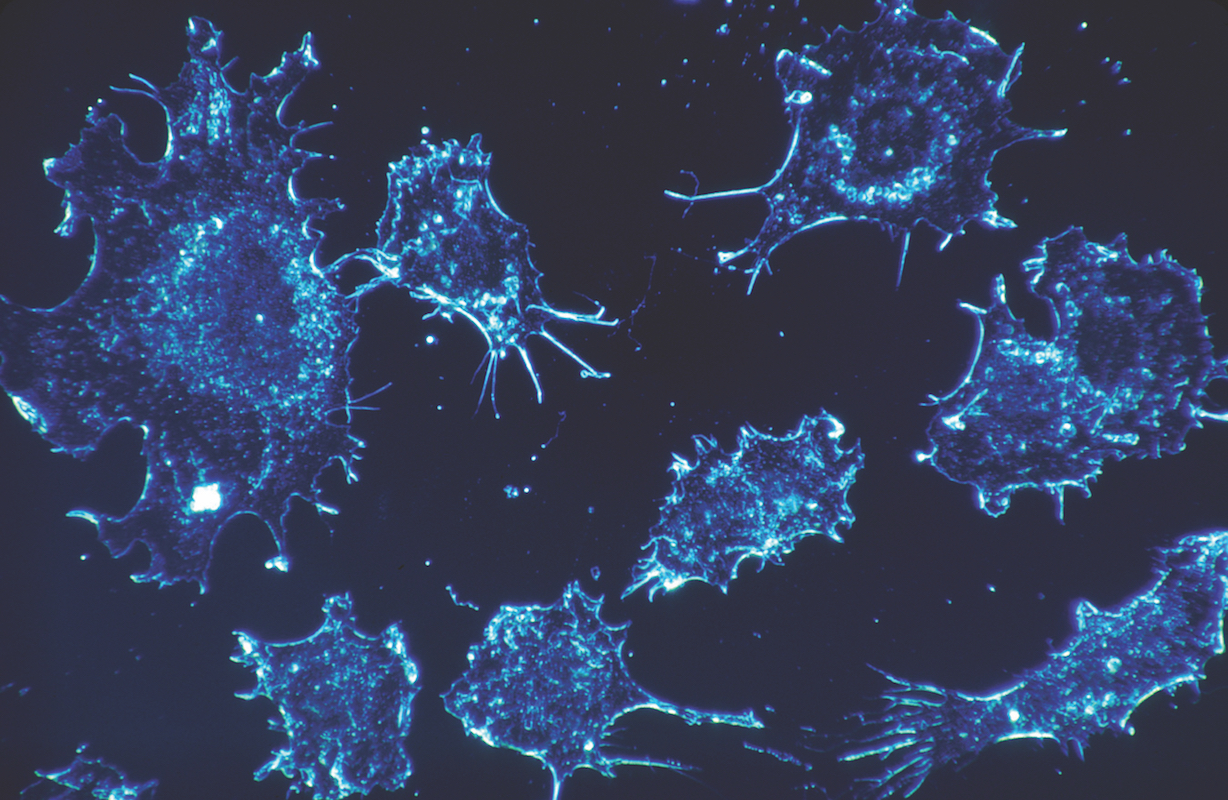
Research Interests
The goal of Dr. Lykotrafitis’ laboratory is to study, by combining experimental, clinical, and computational investigation, how changes in the biomechanical properties of cells and subcellular structures influence, and are influenced by, the onset and progression of SCD to support diagnosis, pharmacotherapy and prevention of life threatening complications. The overall objective is to quantitatively understand the biophysical mechanisms related to hydroxyurea and its effect on sickle erythrocytes in vitro. Dr. Lykotrafitis’ laboratory currently combines experimental techniques conducted via AFM with molecular dynamics simulations.
This text will be changed! The goal of Dr. Lykotrafitis’ laboratory is to study, by combining experimental, clinical, and computational investigation, how changes in the biomechanical properties of cells and subcellular structures influence, and are influenced by, the onset and progression of SCD to support diagnosis, pharmacotherapy and prevention of life threatening complications. The overall objective is to quantitatively understand the biophysical mechanisms related to hydroxyurea and its effect on sickle erythrocytes in vitro. Dr. Lykotrafitis’ laboratory currently combines experimental techniques conducted via AFM with molecular dynamics simulations.

Characterization of the adhesion between specific RBC surface receptors and ligands in SCD
AFM has emerged as a powerful tool to measure the forces within or between single biomolecules. In particular, functionalization of the AFM tip with ligands has allowed for mapping the distribution of complementary receptors on model or cellular surfaces, a technique known as single-molecule force spectroscopy (SMFS). It has been suggested that vaso-occlusive sequelae of SCD arise in part from an increase in adhesive interactions between sickle RBCs and the endothelium. RBC membrane proteins known to be involved in mediating the interaction between SCD erythrocytes and the endothelium include: basal cell adhesion molecule/Lu (BCAM/Lu, CD239); integrin associated protein (CD47); CD147; intercellular adhesion molecule-4 (ICAM-4, the protein bearing the LW blood group antigens). We intend to employ SMFS to map the distribution and quantify the affinity of the ligand-receptor complexes listed above.
Viscoelastic Properties of RBCs via Atomic Force Microscopy
Sickle cell disease (SCD) is an inherited blood disorder caused by a single point mutation in one of the genes encoding hemoglobin, which results to polymerization of deoxygenated Hb and to formation of long stiff rodlike fibers which force red blood cells (RBCs) to assume a sickle shape. The abnormal morphology and rheology of sickle RBCs triggers the obstruction of the microvasculature resulting to the development of hypoxia, vaso-occlusive crisis and organ damage. In this study, we are working to characterize the viscoelastic properties of erythrocytes from patients with SCD, using normal human subjects as a control and subjects with sickle cell trait (SCT) as comparison. Specifically, we intend to quantify the Young’s modulus, E, as well as the dynamic modulus, G, composed of the storage modulus, G’, and loss modulus, G’’, to further investigate the pathophysiology and pharmacological treatments of SCD.